Header
Hauptnavigation
milestones

Tradition, change, future
Where railway carriages were once manufactured and the natural spectacle of the Rhine Falls lies right on the doorstep, a new, open quarter for working, living and meeting has been created. Existing jobs were deliberately retained and opportunities for new jobs were created – for a diversity that reflects the unique location.
The municipality of Neuhausen is also benefiting from this development, as the SIG Areal am Rheinfall has been transformed into a vibrant new hub between the town centre and tourism – offering a wide range of residential and open spaces as well as exciting infrastructure for companies from the region and across Switzerland. Thanks to the Neuhausen am Rheinfall SBB railway station, the SIG Areal am Rheinfall also has excellent public transport links. The Gründerbaum project marked the completion of the first step in the transformation process of the SIG Areal am Rheinfall in 2018. However, the history and development of the SIG Areal am Rheinfall continues – across generations.
2023
2018
2017
The entrance to the site at Industrieplatz is now permanently open, and new, modern signage with site plans, pylons and striking façade lettering ensures optimal visitor guidance. At the same time, interior work on the Grünerbaum building complex is progressing. The show loft apartment is fully furnished and available for viewing.

2015
The transformation process is initiated with test planning to refine the objectives formulated in the mission statement. The aim is to create a balanced, exciting mixed-use development on the approximately 120,000 m² industrial site, which has been closed until now – a friendly neighbourhood for work, living, education and leisure.
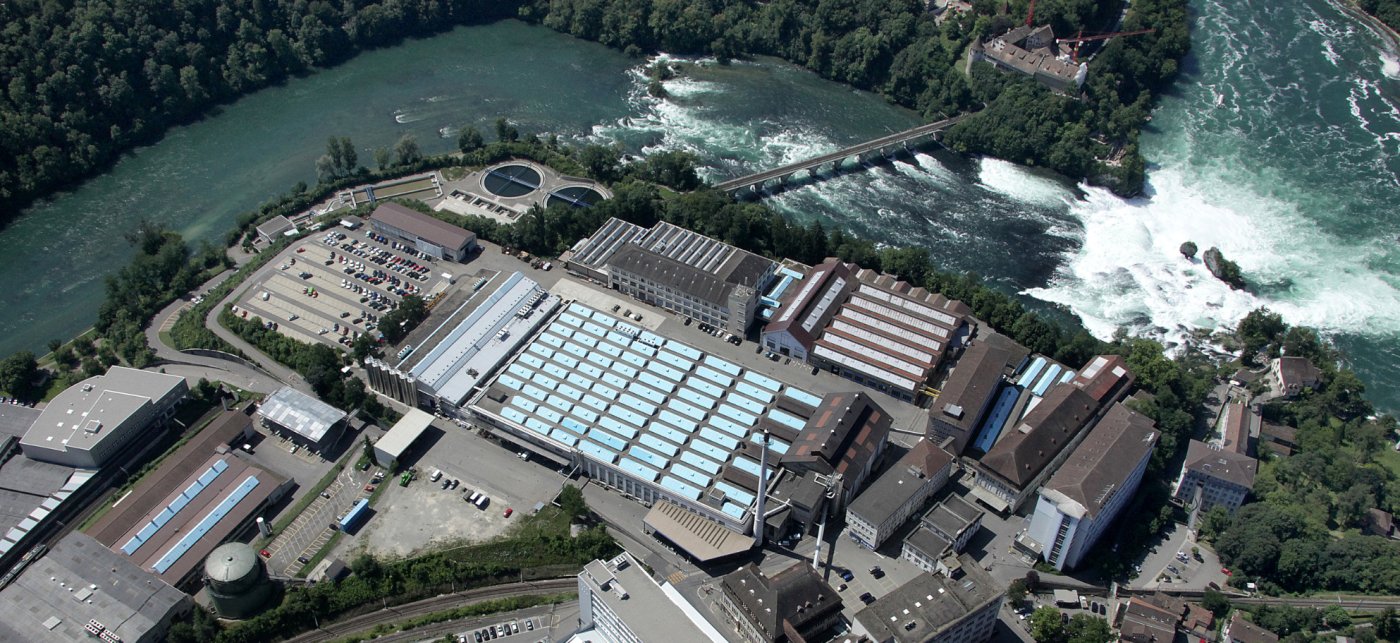
2014
Development of a mission statement for the overall planning of the SIG Areal am Rheinfall.
2011
The SIG Charitable Foundation is taking over the SIG Areal am Rheinfall as part of a long-term commitment by SIG to create a new, attractive and vibrant neighbourhood in this unique location in Neuhausen.
2010
SIG Holding AG changed its name to SIG Combibloc Group AG and remains one of the leading manufacturers of carton packaging and filling machines for beverages and foodstuffs to this day.
Today, the company belongs to the Canadian private equity firm Onex Corporation and has around 5,000 employees in over 40 countries. The headquarters and one of 10 production facilities are still located in Neuhausen am Rheinfall.
2001
SIG allCap, responsible for the development and production of closures, commences operations. With the resealable closures ‘combiSwift’, ‘combiSmart’, “combiCap” and ‘domeTwist’, a series of world firsts are launched on the market, developed and manufactured at the industrial site on the Rhine Falls.
1995
For the first time, external companies are moving into premises on the SIG Areal am Rheinfall – for example, Fiat, Curtiss-Wright Antriebstechnik and Häni-Prolectron. Today, the site has around 50 tenants, providing a total of 1,100 jobs.

1989
The acquisition of PKL Papier- und Klebstoffwerke Linnich marks the company’s entry into the packaging of liquid foods such as milk, juice, soups and sauces. This is a promising step, as beverage cartons have been booming since the Second World War.
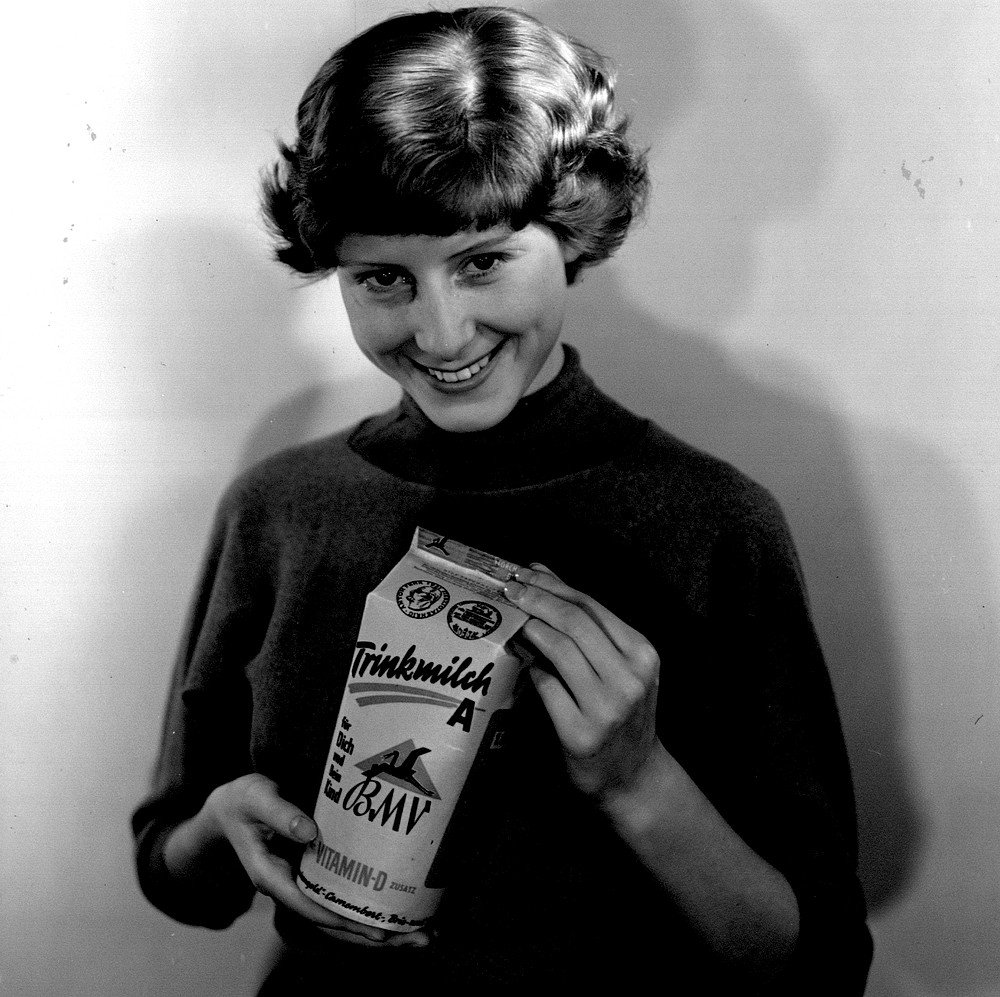
1966
The SIG Charitable Foundation is established with the aim of supporting charitable projects and institutions and promoting cultural and educational causes.
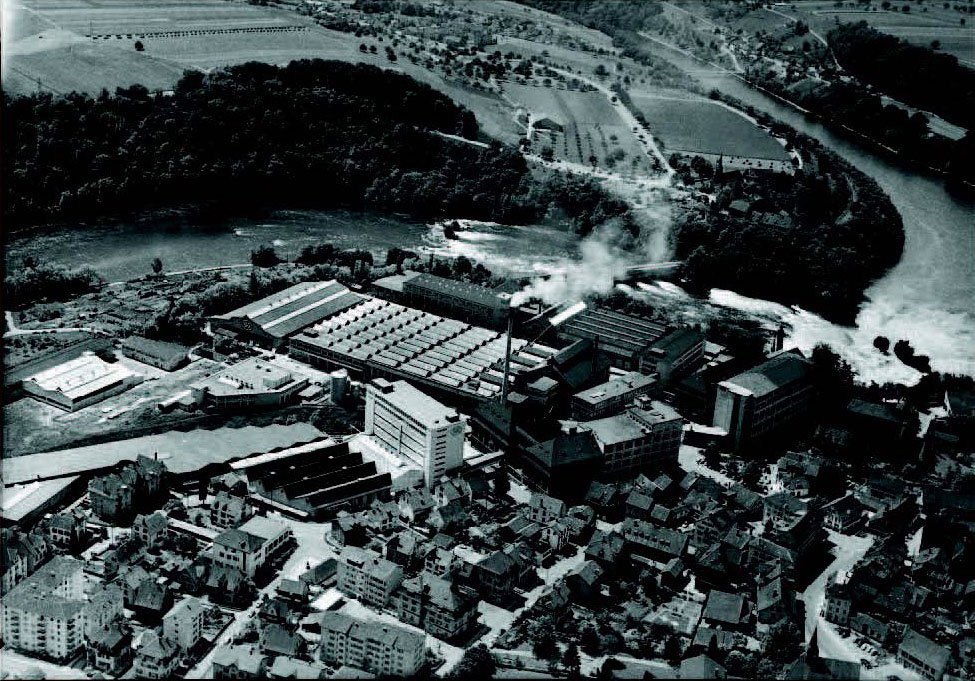
1933
Electric vehicles are now also being produced at the SIG Areal am Rheinfall – this is due to the long internal transport routes required because of the enormous size of the factories. Decades later, it is clear that Rheinfall was ahead of its time, as the trend towards electric mobility had already been recognised in the 1930s.
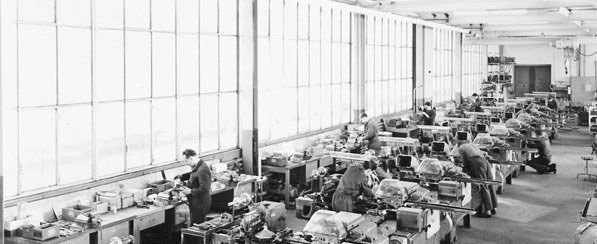
1906
Packaging machines are now also being developed on the site – for packaging chocolate, soup cubes, biscuits and butter.
The site has been continuously expanding as new branches of the company have been established and additional factory buildings have been constructed – from now on, it will undergo increased densification and consolidation.
1897
The wagon factory finally gets its own railway connection – with the newly opened railway line from Schaffhausen to Eglisau. Until now, the finished railway carriages always had to be transported to Schaffhausen station by cart. When the factory was founded, the only railway lines in Switzerland were the line from Basel to Strasbourg and the Spanisch-Brötli-Bahn between Zurich and Baden. It was only with the adoption of the Swiss Railway Act that a comprehensive railway network gradually began to take shape.
1863
The company changes its name to Schweizerische Industrie-Gesellschaft (SIG). By the turn of the century, the factory site has undergone significant development and expansion.
1860
Handguns are also newly developed and produced at the Rhine Falls – military rifles, sabres, bayonets and later also pistols. Soon, the Swiss army officially relies on the weapons produced here in Neuhausen.
1853
Friedrich Peyer im Hof, Conrad Neher and Heinrich Moser found the Swiss Wagon Factory with the aim of producing railway carriages for the emerging railway companies – at that time still made entirely of wood. In the spring, construction of the factory begins on the high plateau on the right bank of the Rhine Falls. Just two years later, the carriages receive an award at the World Exhibition in Paris.
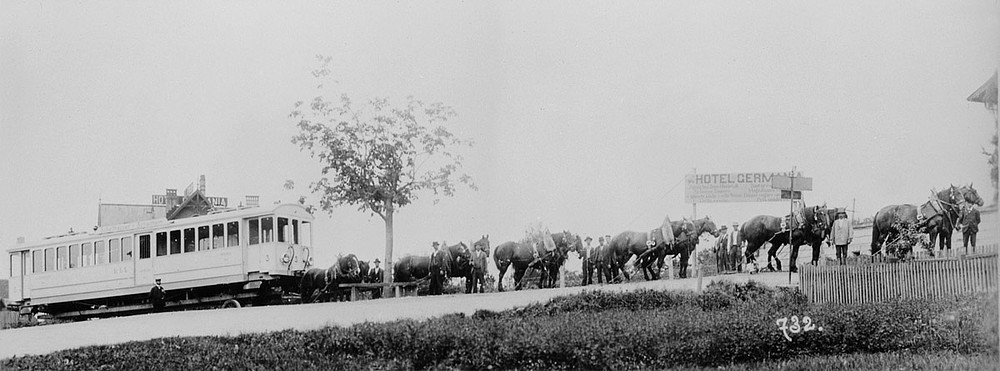
17. century
The founding of Neher’s Ironworks in Laufen marks the beginning of industrialisation in Neuhausen.

7. century
Even in Roman times, there was a busy transhipment station right next to the Rhine Falls.